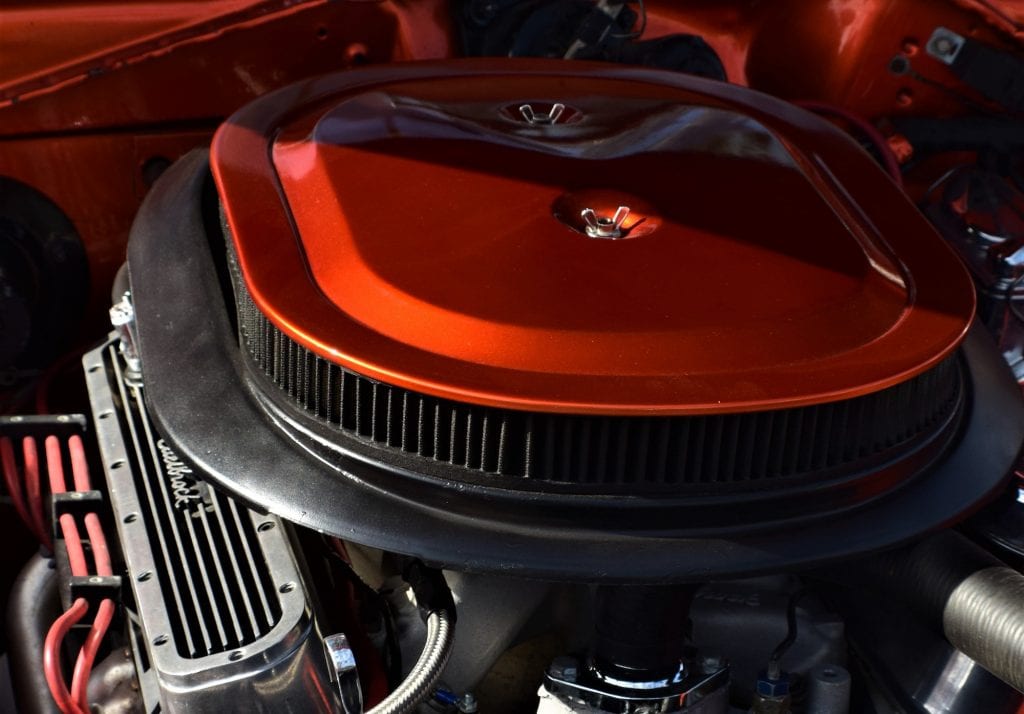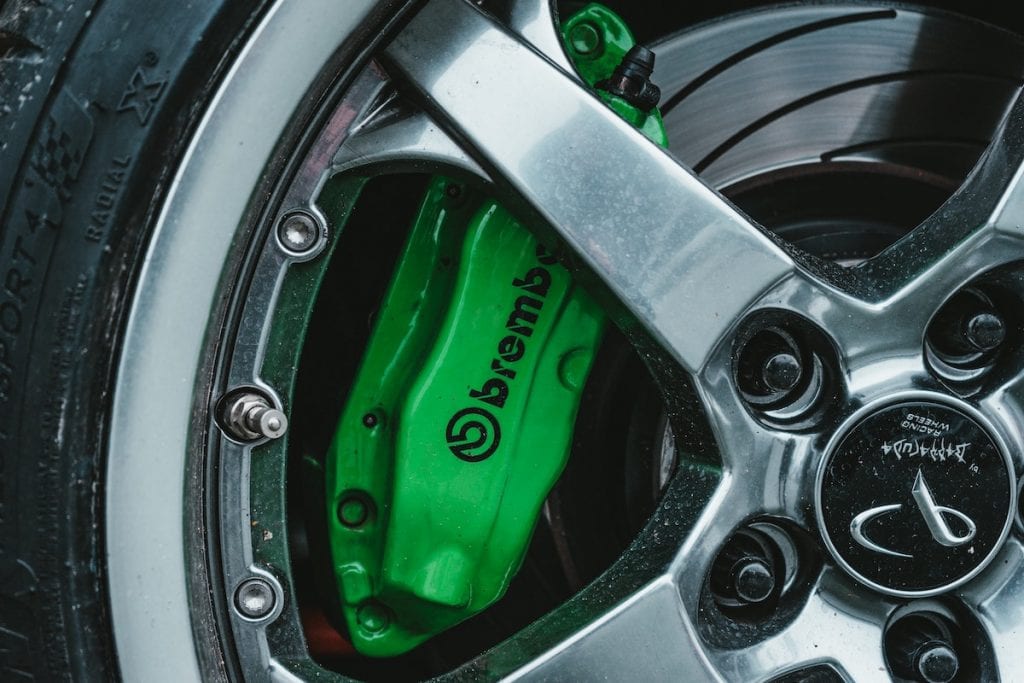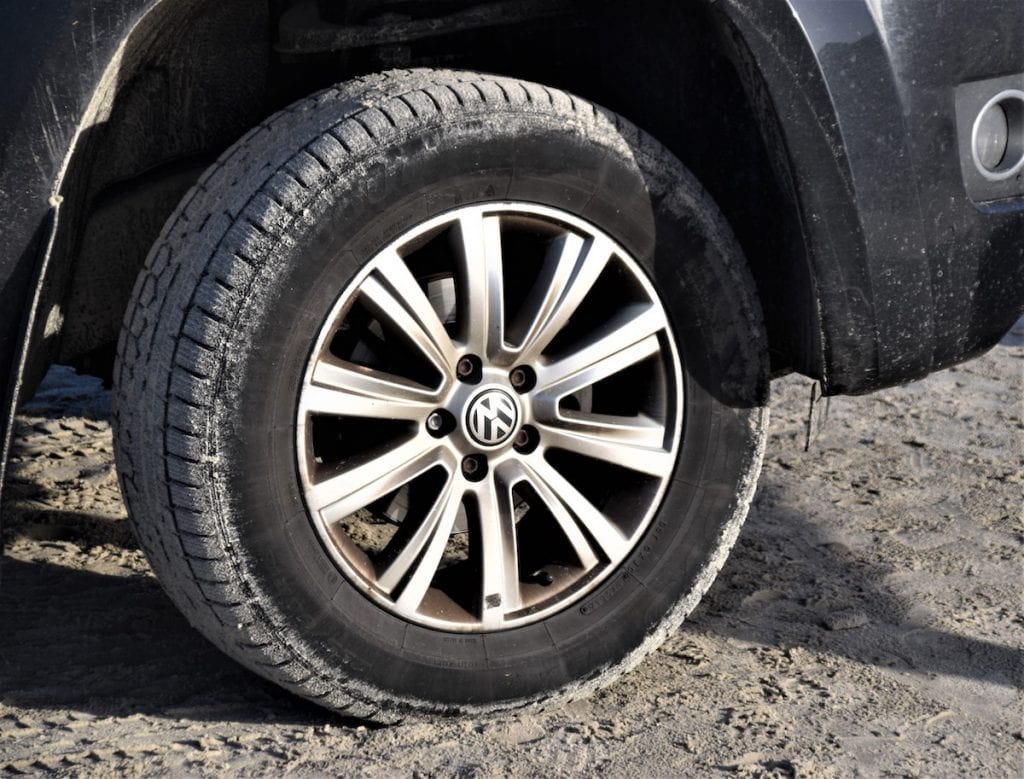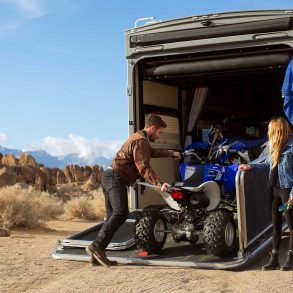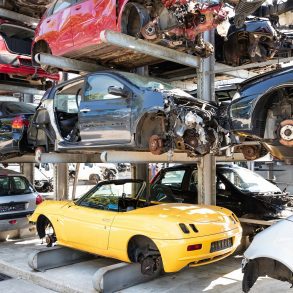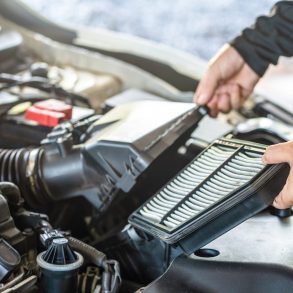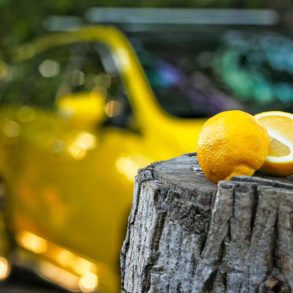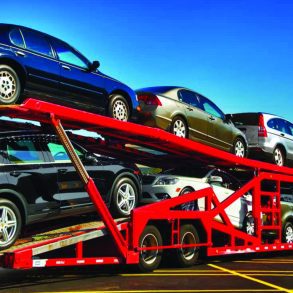Keep Your Car Nice and Your Life Worry-Free
As you likely know, car maintenance and general car care is just part of car ownership. It’s extremely important and doing the proper maintenance will help your car perform at its best and for the longest duration possible.
Maintenance isn’t an everyday thing (or at least you hope not) but you will have to take a moment every few weeks to ensure that your car is in good working condition and ready to take you to your destination in comfort and style.
With maintenance being so important, I thought it would be best to take a closer look at some simple maintenance tasks that will help keep your car on the road. Here are some of those tasks.
The Maintenance That Matters
Every car has its own maintenance schedule, and each model has different tasks that will need to be done. This is due to the fact that every model of vehicle will have its own design, and some designs require more maintenance than others.
Personally, I always look for vehicles that have a low commitment and low cost when it comes to maintenance. If you’re like me, you don’t want to spend too much time ensuring that your car is ready to go. You just want to drive the car.
If that is your goal, you’re in luck. There are plenty of vehicles designed to be low maintenance and with extremely affordable maintenance costs. If you’re looking for one of these cars, then check out this list of cheapest cars to repair.
No matter what car you own, you’ll need to make sure that you do the required maintenance at the specified time or mileage. If you’re wondering what regular maintenance to do to keep your car nice, then check out the lists of options below. These are maintenance tasks I do regularly, and that’s likely why the car I drive the most—a 2008 Hyundai Elantra—has over 230,000 miles on it.
1. Check Your Fluids
Fluids are everything to a car. This includes your engine oil, coolant, power steering fluid, transmission fluid, brake, fluid, and washer fluid. On a regular basis (once a month or every few thousand miles) you should check your car’s various fluids.
If you’re unsure how to do so, look in your owner’s manual. Most will walk you through the most basic maintenance task of checking your vehicle’s oil and other fluids. The best part about this is that it only takes a couple of minutes.
If you notice something is low, then you should add some fluid to your vehicle. This goes for everything from your oil to your car’s wiper fluid. If you don’t feel comfortable topping off these liquids, then you need to get your car to a shop to find someone who will do it for you.
2. Check and Replace Your Windshield Wipers
Windshield wipers may seem like a small thing, but if you’ve ever driven with ones that just push the water around on the windshield and cause streaks, then you know why this is an important maintenance task.
The right wiper blades will allow you to see better which will ensure you’re safer while you drive. You can even check these while you’re driving. If you see streaks or you’re just not happy with the clarity of your windshield after you use your wipers consider getting some new ones.
Replacing windshield wipers is about the easiest thing you can do. The box that the wipers come in will show you how to put them on. However, a word of caution, some are easier than others.
3. Check and Replace Your Air Filter
Your engine does, more or less, breathe just like a human being does. It takes air in, uses it with a mixture of air and fuel, and then shoots it out. The air that’s sucked into the engine needs to be clean. This is where your air filter comes in.
An air filter does exactly what you think it does, it filters out all the dust and grime that your engine wants to suck up during the driving. Having a clean air filter will not only ensure your car lasts, but it will help it perform at its best.
Replacing an air filter is also quite easy. The airbox is usually held closed by clamps. Open those clamps and you can easily pull the filter out so you can replace it with a new one. How often you should replace it, will be specified in your owner’s manual. Usually, this service occurs every 30,000 miles or so, according to Auto Trader.
4. Do Your Oil Changes
Now when I say to do your oil changes, I don’t necessarily mean for you to do them yourself. You certainly can. It’s a great way to save money and it doesn’t cost you much time either. Most oil changes can be done at home in 30 minutes or less.
What I mean by doing your oil changes, is that you need to stick to the oil change schedule outlined in your owner’s manual. Some oils are approved for longer durations between changes but make sure to double-check how long you can go and plan accordingly.
In addition to your oil, you’ll need to change your oil filter. Many oil filters claim to be good for a change every other oil change, but in my experience oil filters are cheap, so there’s really no reason not to change them, especially if you’re already going to be under the car anyway.
5. Check and Clean Battery Terminals
Your car’s battery will last for a few years. One thing you can do to ensure your battery is able to send the proper amount of power to the rest of your car is to check and clean the battery terminals from time to time.
Battery terminals can get dirty and corroded, and when this happens, it’s tough for the electricity stored in the battery to be sent through the battery leads and to the systems and components in your car that need the power (like your starter).
You don’t have to check our battery terminals often. Simply check the terminals whenever you check your car’s fluids. You’ll have the hood up anyway, so you should simply be able to take a peek at the battery terminals to determine if they need a good cleaning.
If your battery terminals do need to be cleaned. You can do so with a fine wire brush. Some people advise using a specific battery terminal cleaning solution and a battery terminal cleaning brush, but in my experience, it’s not needed. A simple fine wire brush will do the trick.
6. Clean Your Car Inside and Out
Cleaning your car is something that often gest overlooked or written off as a non-necessary maintenance task, but the simple fact is that a clean car will often last longer and perform better than a dirty one.
You should clean both the inside and outside of your car. I always start with the outside. Giving your car a good wash is as easy as going to an automated car wash or one of the power washing stations. You can also do a car wash at home with your regular hose and some soap designed for your car.
When it comes to the inside of your car, you’ll need a sweeper, some wipes or cleaning solution designed for the plastic (and leather if you have it), and some window cleaner or wipes. Sweep out the floors, the floor mats, and seats; wipe down the dash, steering wheel, and door panels; and then wipe down the insides of the windows.
If you don’t want to do this job yourself, there are plenty of auto-detailing places that will happily clean the inside and outside of your car to keep it looking fantastic.
7. Check and Replace Your Braking System
Your brakes are one of the most important parts of your car. The braking system requires regular service. There are three things to check. Brake pads, brake rotors, and brake fluid.
Let’s start with brake pads. Brake pads will likely need replacing every couple of years, depending on how much you drive. While you can try to track your mileage, everyone drives differently, so mileage isn’t usually the best indicator of whether or not they need to be replaced.
You can ask a service technician to check your brakes when you have your oil changed, but I usually just wait until the brakes start squeaking or squealing or there’s an odd vibration. If this occurs, you know that your pads are likely worn out.
When it comes to rotors, it’s more of the same story. Rotors can become warped or worn out over time. When this happens you’ll hear some odd sounds or feel a vibration. That usually means they need to be replaced.
When it comes to brake fluid, the rule of thumb is to have the brake fluid replaced every few years, but that doesn’t actually cover it. As Carfax points out, you should really go by what your car’s owner’s manual says. In some cases that’s two years. In others, it’s five or more.
8. Check and Replace Light Bulbs
Checking and replacing light bulbs is a simple task, but it can be an important one. If your lights are out, you could have trouble seeing or being seen out on the road. Also, it’s illegal to drive without the proper lights. A dead headlight bulb could result in a ticket.
Luckily replacing the light bulbs in your car—whether it’s a headlight, taillight, turn signal, or some other bulb—is easy. Cars are designed so that you can do most light bulb replacements without even using any tools.
Also, light bulbs are cheap and sold in many places, from auto parts stores to regular supermarkets. Some cars will have an alert if a light bulb goes dead, but others don’t. A simple check every few months or so will help you ensure every bulb is ready to illuminate.
9. Check Your Tire Pressure
Tire pressure is something that can actually make a big difference in performance, efficiency, and handling. An underinflated tire will cause your car to be sluggish and use up more fuel. An over-inflated tire is more susceptible to puncture and will keep you from getting all the traction your tires are designed to give you.
When it comes to tire pressure, you should check the sidewall of the tire to see what the pressure should be. This will be measured in PSI, which stands for Pound-force per square inch. You’ll need a tire pressure gauge to check the air pressure in your tires. If it’s low you’ll need to use an air compressor to get it back up to the correct level.
Check your tire pressure every month or so. That’s about how often I check my car’s fluids, so I just add it to my little checklist when I do that. If you don’t have an air compressor on-hand. Most gas stations will have an air compressor you can pay to use.
10. Rotate Your Tires
Rotating your tires is something that can help prolong the life of your tires. When you rotate them, you help ensure they are going to wear evenly.
The reason this is important is that if your tires wear unevenly, it can have adverse effects on how your car handles. It will also force you to replace your tires sooner than you would need to otherwise.
Tire rotations are said to be needed every 5,000 to 7,000 miles, according to U.S. News and World Report. This can vary depending on the tires installed on your vehicle. Check your car’s owner’s manual for specifics.



